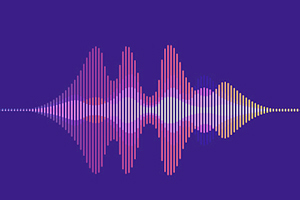
by Drew Magliozzi, CEO, AdmitHub
As the spring semester draws to a close, college and university leaders are turning their attention to the impacts of COVID-19 on the summer and fall. While the urgent need to shift classes online and ensure the health and safety of students and staff
has subsided, the pandemic is putting increased pressure on institutions to rethink their approach to admissions and enrollment. This is especially important in light of emerging evidence that predicts an increase in summer melt as admitted students
change their plans for the fall.
One of the biggest challenges that institutions will continue to face during the pandemic is communication: what’s the right way to share information with current and prospective students? Do community members know where to find the latest
updates? How much is too much? And how can university staff best navigate a deluge of questions from students and families, in order to provide timely support to those who need it most?
A growing body of research
suggests that artificial intelligence (AI) can help distinguish the signal from the noise. Institutions from Georgia State University to Allegheny College are using conversational AI chatbots to engage with students through
familiar channels like texting, in ways that have been shown to reduce summer melt and boost year-over-year retention. Perhaps most importantly, AI can help institutions listen at scale, by responding in real-time to the most frequently asked questions
and escalating the toughest issues to advisors and support staff.
Over the past few months, my team at AdmitHub has been working with our partners to understand the greatest challenges students have faced during the pandemic. We’ve found, for instance, that nearly half of all messages are either about health
and safety (27%) or financing (22%). Mental health-related questions made up around ~2% of all inquiries -- a number that may seem small, but represents a 3x increase in volume since the outbreak began.
We’re continuing to work with colleges and universities around the country to help them respond to these questions and support students as the landscape continues to change. We’ve also developed a new chatbot, available for free to
any institution in the U.S., that is designed to support both incoming and returning students through the summer as they navigate a period of unprecedented uncertainty.
If there’s one thing that’s become clear since the crisis began, it’s that communication -- between and among institutional leaders, students, faculty, and staff -- is of the utmost importance as we collectively make our way through
a rapidly changing world. By sharing what we learn from the day-to-day experiences of students themselves, we can work together to respond to the challenges they’re facing -- and ensure that they don’t falter on their journey to success
in higher education.